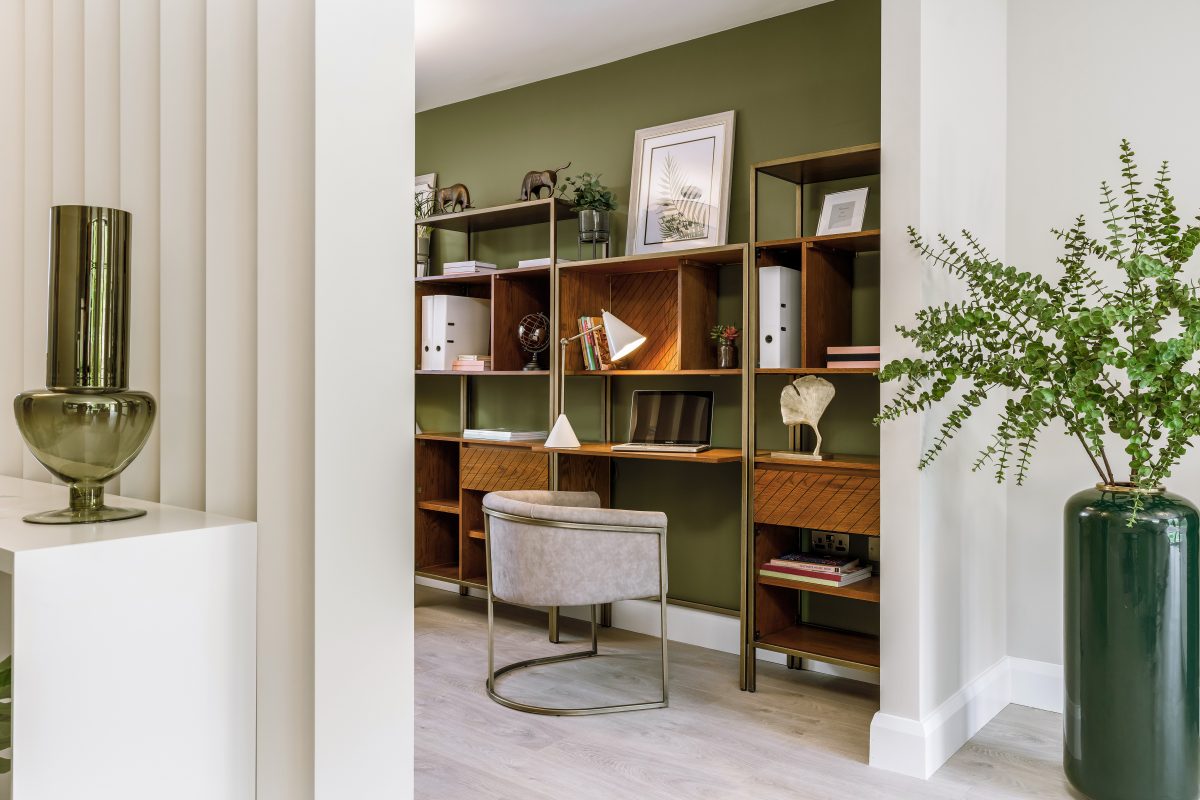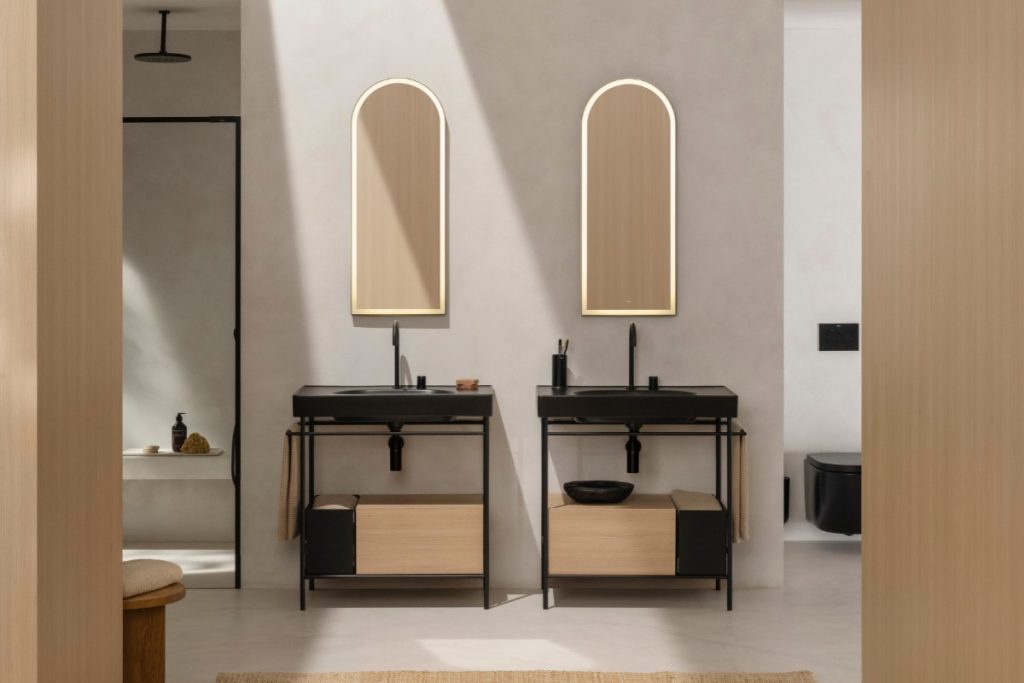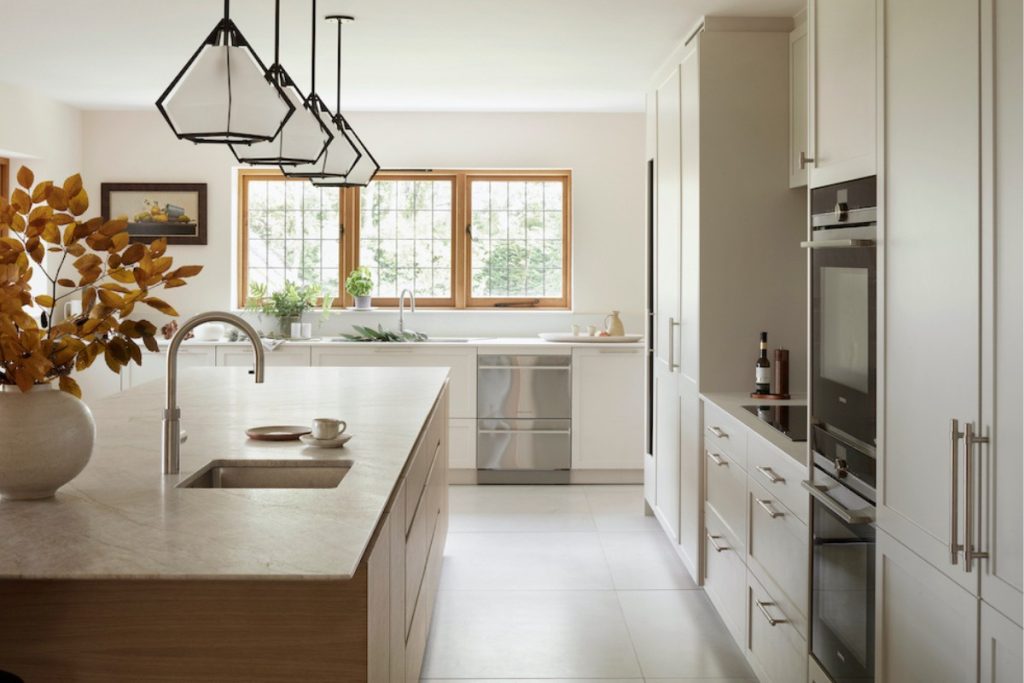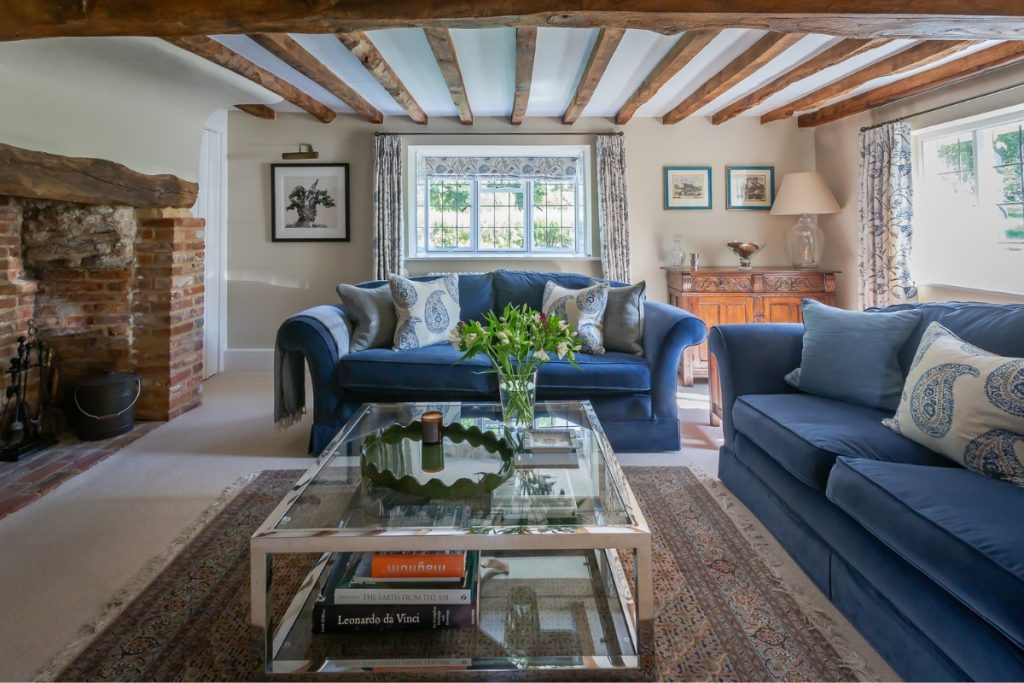 8th February 2022 | IN DESIGN ADVICE | BY SBID
8th February 2022 | IN DESIGN ADVICE | BY SBIDHome design is a key factor contributing to our mental health and productivity, as many people have realised throughout the pandemic. Our surrounding environment plays a considerable role in our mood, so it’s important to look beyond appearance and functionality when undertaking a design project.
The Society of British & International Interior Design provides three tips which can help create wellness-driven spaces as we look prioritise mental wellbeing, as well as aesthetics.
Spaciousness and minimal clutter
While the stress-inducing powers of clutter are subjective, it certainly isn’t conducive to a peaceful, relaxing, or comforting environment. We recommend decluttering as you go, to save yourself those massive, gruelling clear-outs. However, if you do need a clear-out, there are rules of thumb you can follow:
- If you haven’t used it in a year, you don’t need it.
- Ask yourself whether an item sparks joy – if it doesn’t, get rid of it.
Less clutter, better storage, and good organisation will make spaces seem bigger. A sense of spaciousness can elevate mood and boost creativity. This effect can be achieved in almost any space with the right design, furniture, lighting, and colour schemes. Glass and mirrors are great for creating the illusion of space.
Sunlight
Natural light is not just aesthetically pleasing; it also boosts mood and productivity. It inspires happiness in people, whether they get their sunlight outdoors or through windows, and has been known to energise and motivate too. This is likely because exposure to sunlight triggers the release of serotonin, which is associated with boosting mood and feeling calm and focused.
Sunlight must be a big factor when designing wellbeing-oriented properties, especially if the user spends a lot of time in the space. Use large windows, bifold doors, skylights, transom windows, mirrors, and clever furniture placement to maximise natural light.
Natural elements
Though most of us spend a lot of time indoors, humans have an innate connection to nature. The desire to be around plants, green spaces, and natural elements is a primitive part of our DNA. Our mood improves when we come into contact with nature, as well as feeling relaxed and revitalised.
Biophilic design can be great for improving mental wellbeing, as it provides that visual connection to the outside world. It’s also a good idea to bring nature indoors, with houseplants, neutral and earthy colour schemes, or natural materials such as wood and stone. Plants are known to reduce stress and anxiety, but they can also boost cognitive ability – this is why we’ve been seeing so many plant-filled offices recently.
Many types of plant also act as natural air filters, which improves air quality, reduces allergens, and increases oxygen levels. This means they’re beneficial to both our mental and physical wellbeing.
If you want help to reimagine your domestic or commercial spaces with mental wellbeing in mind, the Society of British & International Interior Design can help. We are committed to matching verified and professional interior designers for your needs, so that you can bring your vision to life your way. SBID designers have acquired accreditation and meet the industry’s professional standards, so you can rest assured that your project is in good hands. Visit our Designer Directory to find the right professional interior designer for you.
Cover image credits: Carton Interiors – Riverside Townhouse



